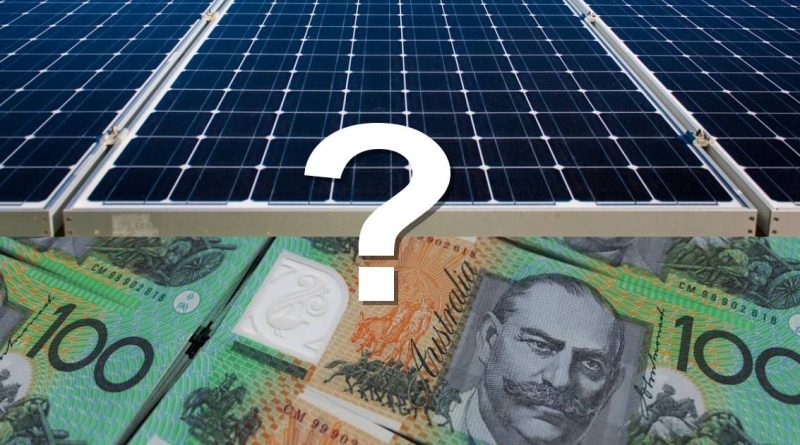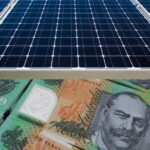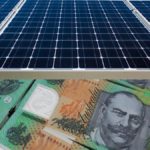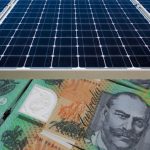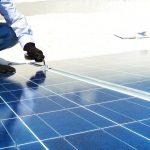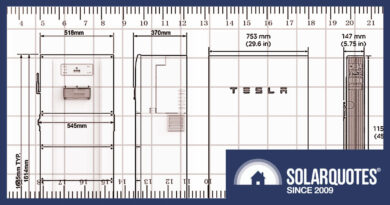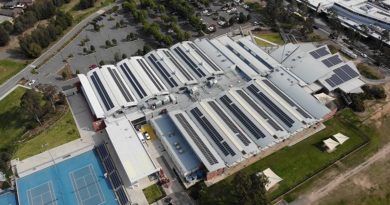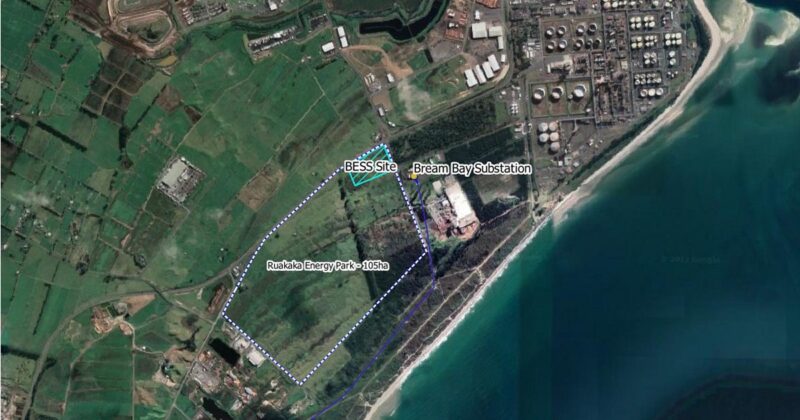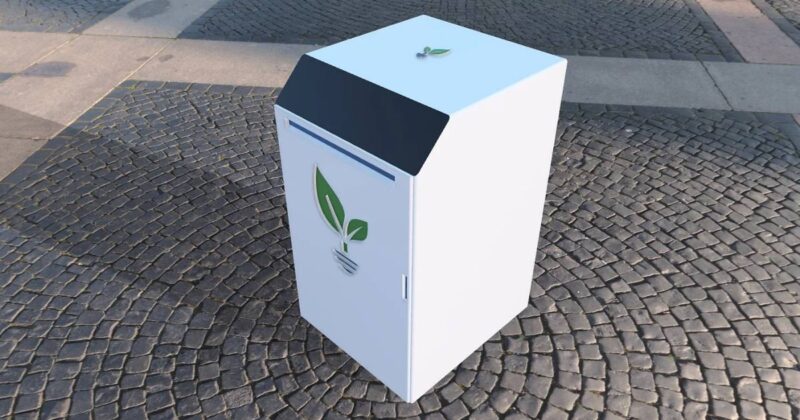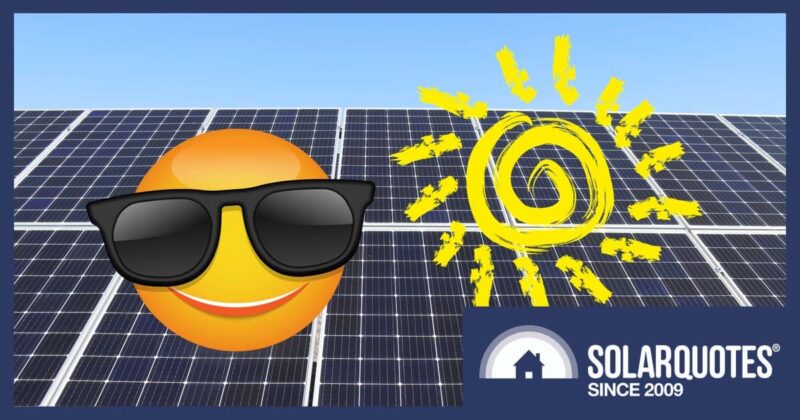Solar Rebate Vs. Feed-In Tariff: Explainer
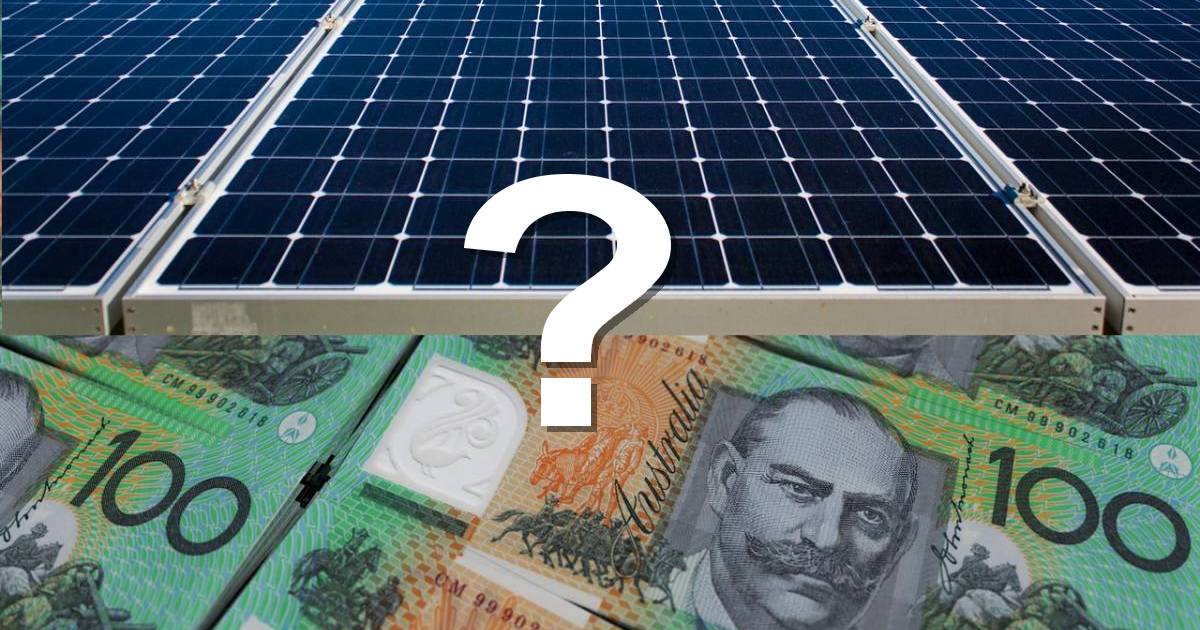

Confusing Australia’s national solar rebate with feed-in tariffs is still pretty common – this explainer clarifies the differences between the two incentives and what they are worth.
This sort of statement can seen or heard about the place:
“Solar isn’t worth it any more as the rebate is too low!”
But this is incorrect – it’s still very generous.
What Is The Solar Rebate?
While this subsidy has been unofficially called a “rebate” pretty much since it began, it’s not something you receive after you’ve installed a solar power system. The good news is you’re able to access the value of the subsidy as an up-front discount when you buy a system.
The subsidy is based on Small-scale Technology Certificates (STCs). These have a value that varies with market conditions. The number of certificates an eligible solar power system can receive is based on its solar panel capacity (not inverter capacity), where in Australia it is installed, and the year it was installed.
While the certificates are generated after installation, solar buyers sign the rights to them over to the installation company that (or through another registered agent) deals with the paperwork required to claim STCs and then sells them. While sometimes referred to as the “Australian government solar rebate”, it’s not the government buying these certificates but liable entities (generally electricity retailers) compelled by the government to do so.
For a deeper dive into this topic, check out our comprehensive solar panel rebate guide.
It’s a good system that significantly reduces the up-front cost of installing solar panels. But by how much these days?
How Much Is The Solar Rebate Worth?
You may see ads around putting a dollar figure on the subsidy – I wrote about an example of this here. But the value varies depending on the factors above.
As an example, an eligible 8kW system installed in Brisbane this year is entitled to 110 STCs. Based on current STC values (~$39 each) and taking $2 – $3 off each for administration costs and fees, that works out to a total subsidy of $3,960 – $4,070.
It’s a significant chunk of change. Prices you see advertised for systems will include the rebate.
But – the number of STCs a system is eligible for is reducing at the beginning of each year. For an installation on or after January 1, 2022, the same system will be entitled to 99 STCs – so around $3,564 -$3,663 value and approximately $400 less “rebate” than an installation in 2021. This is assuming STC value remain the same. The maximum value of a certificate is $40 and the minimum is $0. While $0 has never been seen, back in 2017 it went as low as $26.
If you’re close to pulling the trigger on a system purchase after having carried out your research, right now could be a very good time to do so as some installers will soon be closing their books for installations this year. And some may have already done so.
If you aren’t quite ready, don’t panic – solar power will remain a very good investment in 2022.
You can estimate how much the subsidy is worth under different system size, location, installation year and STC value conditions with this simple STC calculator.
What Is A Feed-In Tariff?
A feed-in tariff (FiT) is a payment a solar household receives for the surplus electricity generated by their system that is exported to the mains grid.
When your system is installed, you’ll go on to a solar plan with your electricity retailer. It is the retailer that pays this incentive to you, not the government.
When feed-in tariffs were originally introduced, they were very generous in order to promote uptake of solar panels – and this mission was accomplished. The rebate combined with feed-in tariffs along with high mains electricity prices provided plenty of motivation for Australian households and businesses to have solar panels installed.
How Much Are Feed-In Tariffs Worth Now?
Feed-in tariffs have reduced in recent years, but so has the cost of solar since the days of high FiTs. This is in part due to the success of solar power, which is pushing down the cost of wholesale electricity – and feed-in tariff rates are partly based on wholesale electricity prices.
The rate of payment varies from state to state and from electricity retailer to retailer. But the best electricity plan for solar owners isn’t necessarily the one that offers the highest feed-in tariff as other factors come into play such as supply charge for mains electricity consumed, daily service charge and at times, other gotchas.
Trying to identify what might be the best deal can be incredibly time-consuming (and confusing) if you go about it by visiting each retailer’s web site. But on SolarQuotes, there’s a tool for comparing electricity plans that makes initial research super-quick and easy.
Reduced feed in tariffs don’t mean solar isn’t worth it any more, bearing in mind the still generous rebate and lower cost of going solar. Lower FiTs just mean it’s becoming increasingly beneficial to self-consume as much solar energy as you can by load shifting; i.e., using appliances where you can during the “solar window” rather than at night. This shift can be made easier by taking advantage of timers built into some appliances, or using timer switches – which aren’t costly.
Every kilowatt-hour of solar electricity a household self-consumes is generally 20c – 25c less (in the case of Brisbane) it is paying to an electricity retailer – and that adds up very quickly. As more Australians solar households buy electric cars, boosting self-consumption will become even easier.
But even with a self-consumption ratio of just 17% and a total energy usage of 12kWh a day (solar energy + grid), the electricity plan comparison tool indicates more than a dozen plans available in Brisbane providing anything from a zero bill to one several hundred dollars in credit over 12 months.
Between the benefits of the national subsidy (rebate), lower cost of solar systems, feed-in tariffs and self-consumption; buying solar is still most definitely worth it in 2021 and this will continue to be the case in 2022.
In addition to the tools mentioned above, give SQ’s solar calculator a whirl to see how rapid simple payback on a system installation could be in your circumstances.
Original Source: https://www.solarquotes.com.au/blog/solar-rebate-tariff-explainer-mb2215/

